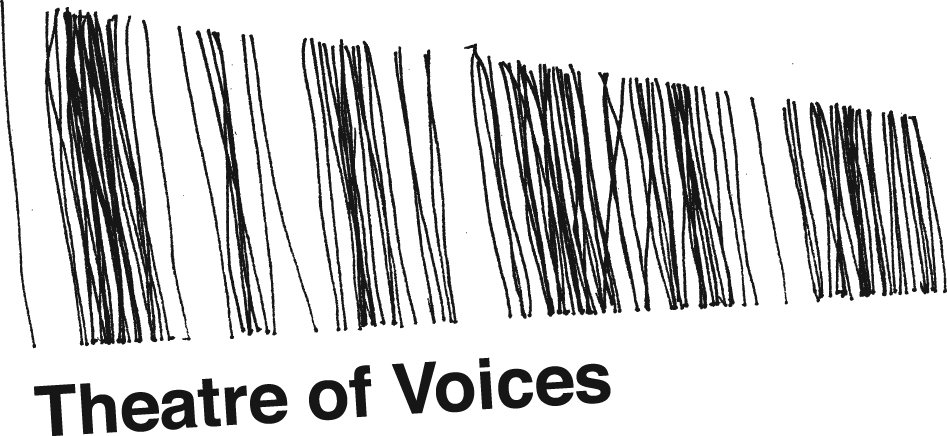Pelle Gudmundsen Holmgreen: Sounds I
3 Songs in Shakespeare’s Hamlet:
Hamlet, The hobby-horse is quite forgot (madrigal by Weelkes)
Ophelia sings, Bonny sweet Robin and And will he not come again
The Grave-digger’s song, In youth when I did love
Pelle Gudmundsen Holmgreen: Sounds II
Songs from Henry VIII’s Songbook:
Green growith th’holly
Hey trolly lolly lo
Madame d’amours (anon.) (sttb)
Pelle Gudmundsen Holmgreen: Song
You and I and Amyas (William Cornish)
2 Songs in Shakespeare:
Twelfth Night, Ah Robin (William Cornish)
Hamlet: Why let the strucken deer go weep
* intermission
Pelle Gudmundsen Holmgreen: Green
Dowland: Lacrimae 1,2
Holmgreen: new work
Dowland: Lacrimae 3,4,5
Holmgreen: new work
Dowland: Lacrimae 6,7
Byrd, Dowland and Holborne meet Pelle Gudmundsen-Holmgreen. Material from Shakespeare's and Henry 8th's song book.
More info and tickets: www.loegumkloster-refugium.dk
Hamlet’s Tears
In a very real sense this program was created by the composer Pelle Gudmundsen-Holmgreen, when he chose Dowland’s famous song Flow my tears – also known simply as Lacrimae - as the basis for a series of works for Theatre of Voices and London Sinfonietta. Material from the song is used (somewhat obscurely) in Sounds I and II and (gradually more distinctly) in Song. The latter is then combined with a separate instrumental work called Play. He then composed Green for us, using a text from King Henry VIII’s Songbook, and this was then combined with a jazzy version of Pachelbel’s canon for string quartet, written for the Kronos Quartet.
Meanwhile, I was inspired to look again at Dowland’s own variations on the Lacrimae song. This is a set of seven “passionate pavans” for a consort of viols – pure chamber music and one of the first masterpieces of the genre. But just as Dowland himself had texted many of his own songs in versions for a consort of voices, I started to look for texts (modern as well as Renaissance) that would fit this magnificent music. I found them, mostly among more modern poets: T.S. Eliot, Dylan Thomas, and Geoffrey Hill, though there is also one text by Dowland’s contemporary, Thomas Browne.
Finally, with Green, I decided to add a few more partsongs from Henry VIII’s Songbook, including of course the original version with the text that Pelle has used in Green.
The result is an unusual tapestry of music and texts, new and old, which are linked in several ways, not least in the association of Denmark and England. Dowland worked in Denmark for a period in the service of King Christian IV and perhaps even composed some of the Lacrimae music in Kronborg castle – still haunted today by the ghost of Shakespeare’s most famous play.
Paul Hillier, artistic director
Theatre of Voicces:
Else Torp, soprano
Signe Asmussen, mezzo
Chris Watson, tenor
Stuart Kinsella, tenor
Jakob Bloch Jespersen, bass
Paul Hillier, artistic director
